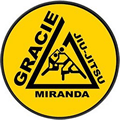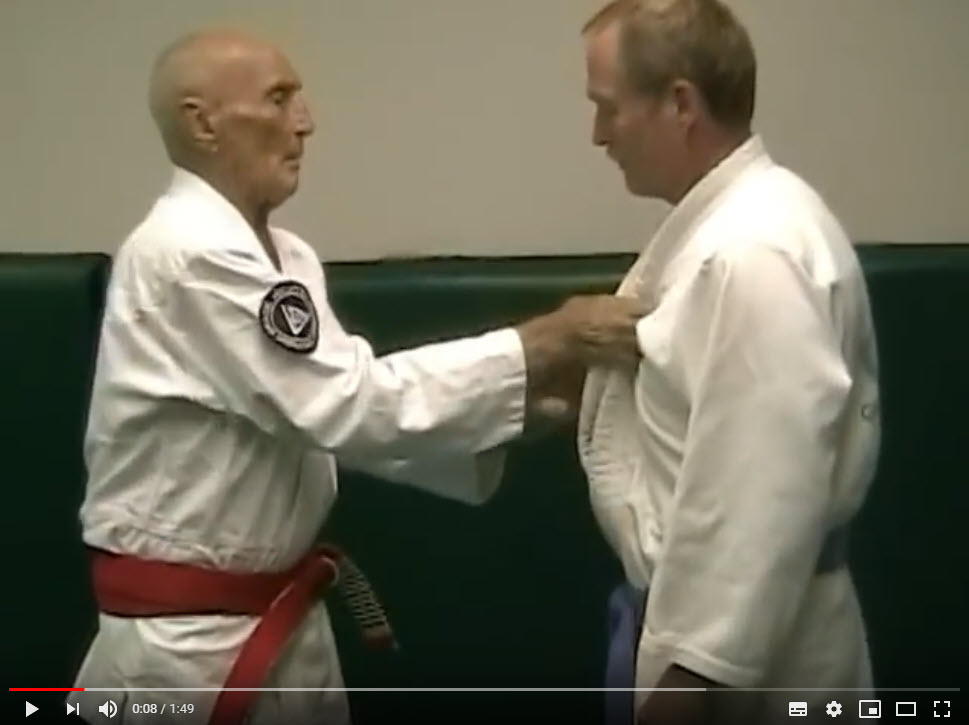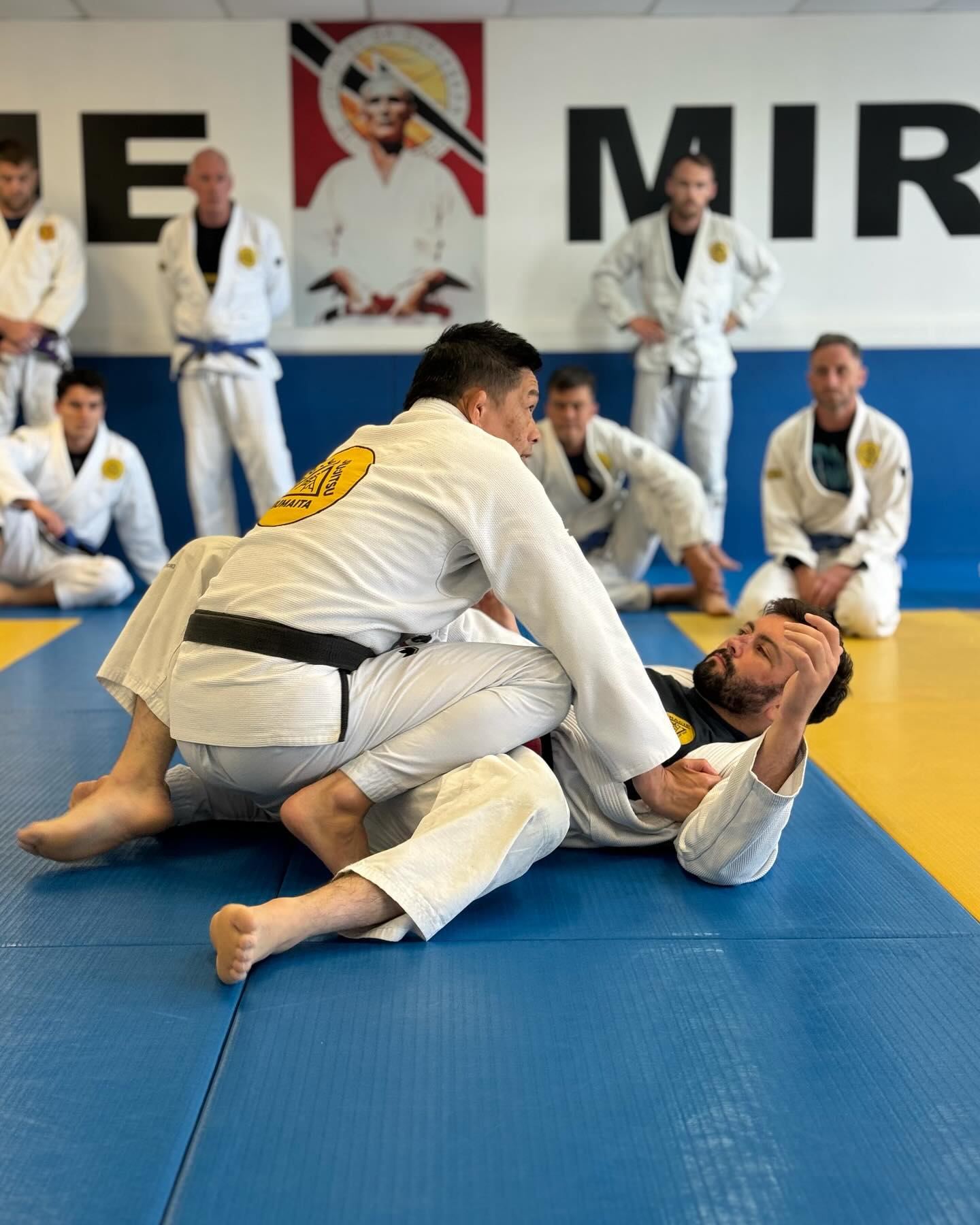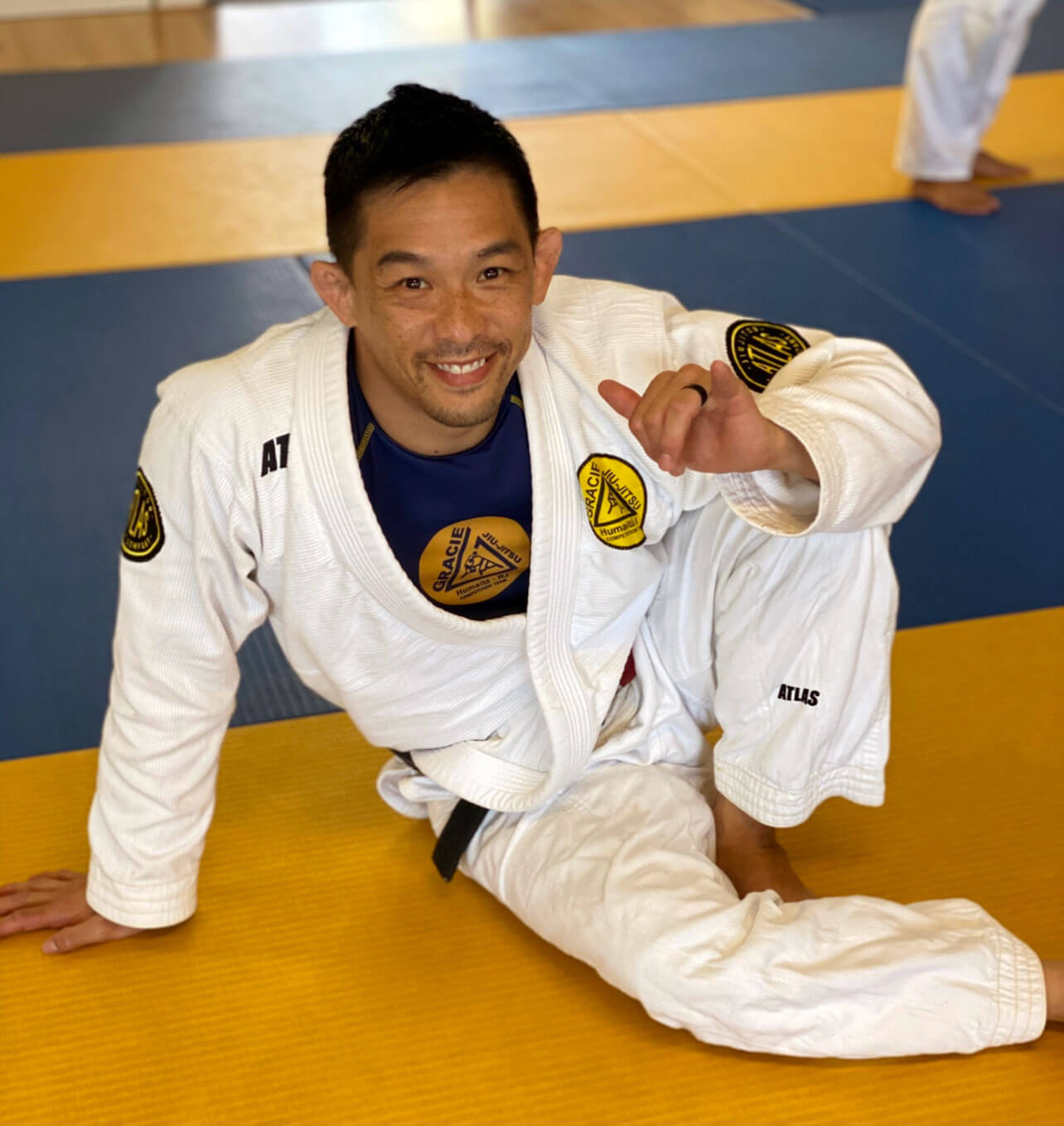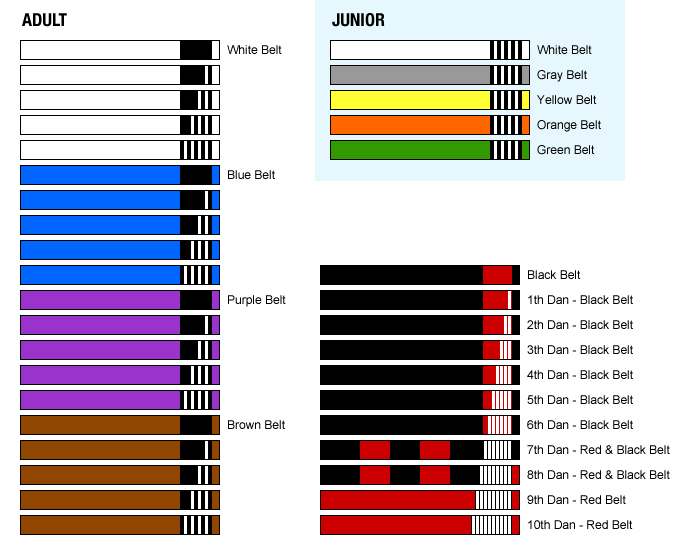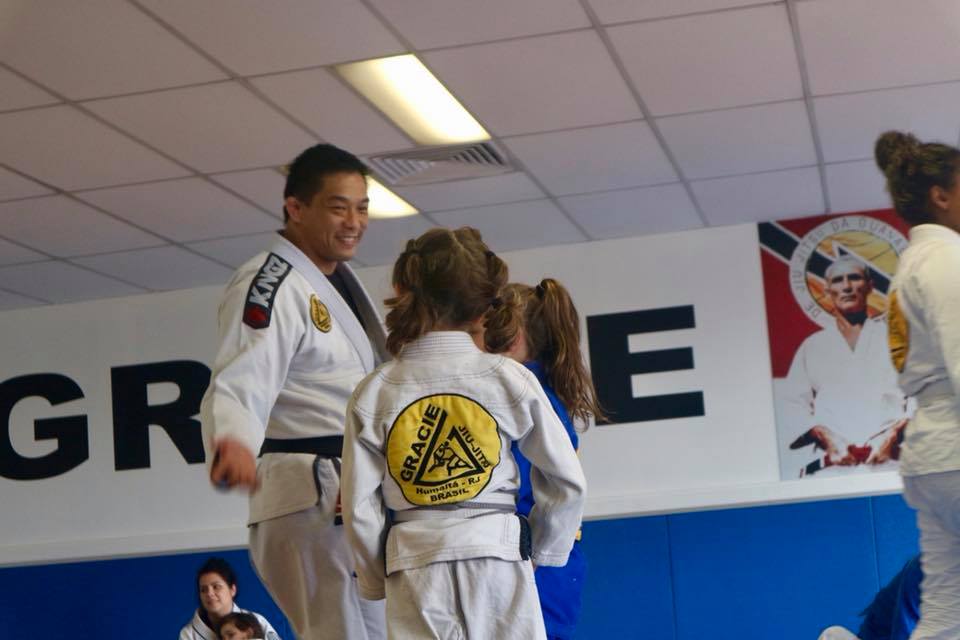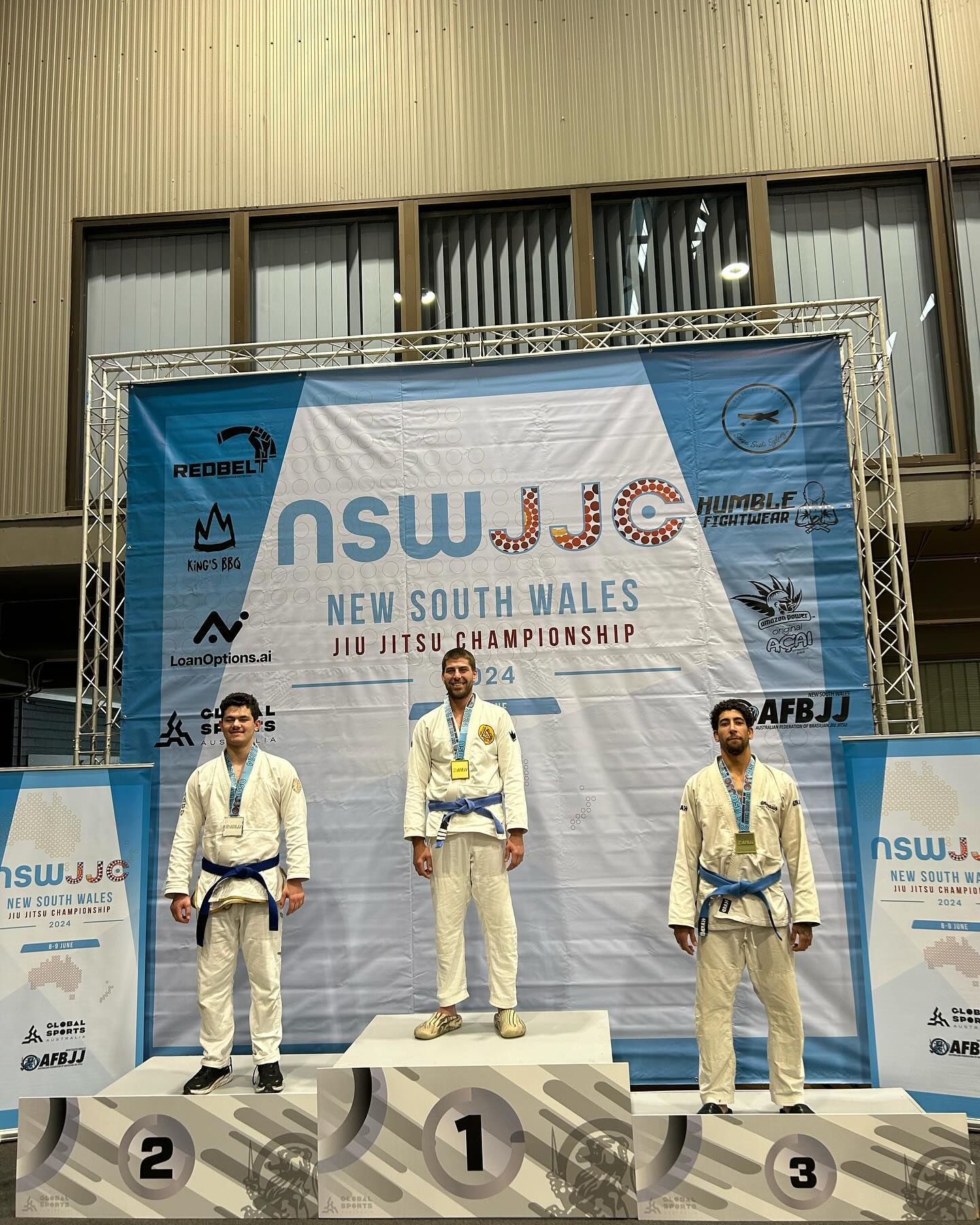Kids as young as five train at Gracie Miranda, but martial arts is just for young people right? Four to fourty — that’s the golden zone? Wrong.
Self-defence and martial arts training is for everyone. Indeed, Gracie Miranda brings people from all walks of life, from all over the Sutherland Shire and beyond, together. Kids, teens, men, women, fathers and mothers.
If you’re above 40 and interested in martial arts classes, you may have the idea that your time has passed. But it’s not true, at least not for Brazilian Jiu-Jitsu (BJJ). Many people begin their BJJ journey in their 50s (like Anthony Bourdain, who started at 58) and 60s.
There’s no doubt about it, beginning your training in your 40s and 50s is harder than starting at 10 or 20. But follow some easy precautions and you’ll be kicking self-defence goals in no time.
The Gentle Art
Jiu-Jitsu has a nickname in Brazil: Arte Suave. That roughly translates to “the gentle art.” In truth, BJJ isn’t quite gentle. There’s a lot of scrambling, jockeying for position and bold submission attempts. But the Arte Suave name comes from Jiu-Jitsu being safer than many martial arts.
There are two reasons for this. First, BJJ is all about grappling. You use Jiu-Jitsu techniques to engage, subdue and, if possible, submit an opponent. This might sound dynamic and perilous, but compare it to striking martial arts.
Arts like Muay-Thai and Taekwondo offer effective self-defence skills, there’s no doubt about it. But it’s hard to spar practically — against an opponent rather than against a boxing bag or pads — without significant injury risk. In Taekwondo, for instance, practitioners learn to kick with tremendous force. As such, it’s difficult to practice those kicks on a resisting opponent without opening that opponent up to injury risk.
At Gracie Miranda, you’ll spar (or “roll” as we call it) with great intensity. But since there’s not striking, there’s no application of blunt force. When you’re outmaneuvered and caught in a submission hold, you’ll simply tap out and begin the game again. Of course, accidents happen. But accidents happen in every aspect of life. BJJ is remarkably low-impact for a martial art.
Which brings us to the second reason. Most of Jiu-Jitsu takes place on the ground. BJJ is considered to be among the best martial arts for self-defence (we’d argue the best) because fights mostly end on the ground, and being on the ground allows you to neutralise the strength and size advantage of an opponent.
But it also means that there’s no excessive slamming into the mat. Jiu-Jitsu is most similar to Judo and wrestling, which are both also formidable arts. But both of those self-defence systems often involve slamming an opponent to the floor with great velocity. In Jiu-Jitsu, you have the option to start on the ground, meaning you don’t have to open yourself up to the injury risks that come along with such slams.
Less is more at Miranda
So yes, starting Jiu-Jitsu in your 40s, 50s and 60s is certainly doable. But just because you’re rolling with 20-year-olds doesn’t necessarily mean you should roll like a 20 year old. There are a few things you should keep in mind as an older grappler.
Firstly, warming up and cooling down is important. We have warm ups and the beginning of every class at Gracie Miranda. But it’s not a bad idea to come early and stretch out any problem areas you may have. Even more importantly, make sure you give yourself at least 10 minutes of a cool-down stretch period after class. Stretch out your hamstrings, hips, lower and upper back a little each day and your risk of injury will shoot way down.
Which leads us to frequency of training. Many people from around Sutherland Shire come to Gracie Miranda and fall in love with Jiu-Jitsu. They end up training 5 or 6 times a week, sometimes even multiple times a day. If you’re in your 50s and 60s, this frequency is probably too much. Start with 2 or 3 a week until your body gets used to BJJ, then if you choose to you can add additional classes on top.
Third and finally, slow down. The guiding principle of BJJ is that technique is more important than strength. It’s this principle that will allow you to learn self-defence that’s effective against much larger opponents. But it’s easier said than done, and many people who start training Jiu-Jitsu go too fast for their own good. If you’re sparring with someone going a mile a minute, don’t try and match their speed and intensity. Just stay calm and use your technique to slow them down.
You’ll be safer for it, and your BJJ will be sharper too.
If you’re interested in martial arts classes, no matter what age, come into Gracie Miranda for a free trial.
